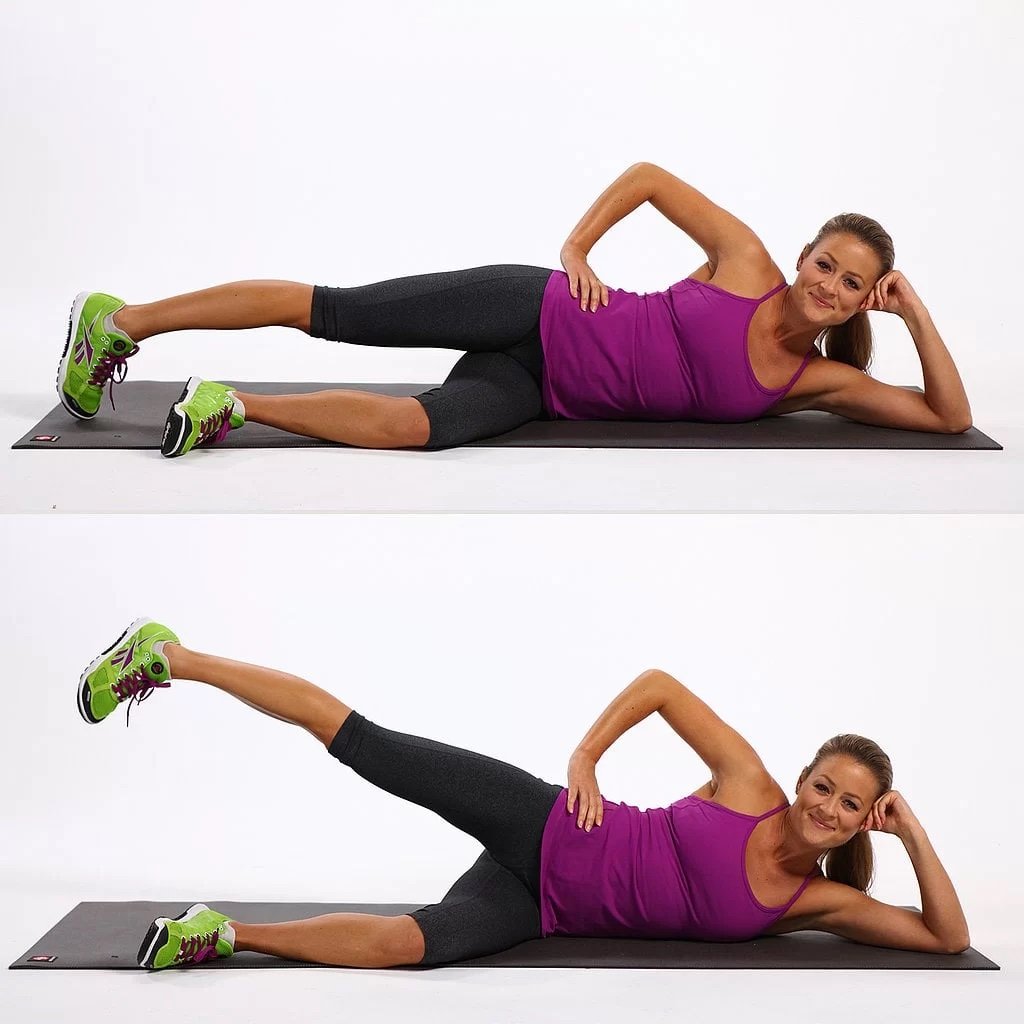4 Strengthening Exercises for Lower Back Pain
Certain exercises can help strengthen the muscles that support the lower back to reduce pain and prevent injury.
These movements may also promote proper hip alignment and increase core stability to improve physical function.
Start strong. Our bodies function at their best when muscles work in sync with one another.
Weak muscles, especially those in your core and pelvis, can sometimes lead to back pain or injury. Low back pain can interfere with your daily activities. Research has shown that strengthening exercises can be beneficial in treating low back pain.
Living a healthy lifestyle is the best way to prevent low back pain. Minimizing weight gain, building strength, and avoiding risky activities will help minimize low back pain as you age.
Gaining strength can lead to less pain and dysfunction. Try these simple, equipment-free exercises to strengthen the muscles that support your spine.
Check with your doctor or therapist before starting these exercises to be sure they’re right for your situation.
1. Bridges
The gluteus maximus is the large muscle of the buttocks. It’s one of the strongest muscles in the body. It’s responsible for movement at the hip, including hip extension activities like squats.
Weakness in the gluteus muscles can contribute to back pain. This is because they’re important stabilizers of the hip joints and lower back during movements like walking.
Muscles worked: gluteus maximus
Lie on the ground with your feet flat on the floor, hip-width apart.
With your hands by your sides, press your feet into the floor as you slowly lift your buttocks off the ground until your body is in one straight line. Keep your shoulders on the floor. Hold for 10 to 15 seconds.
Lower down.
Repeat 15 times.
Perform 3 sets. Rest for one minute between each set.
2. Drawing-in maneuver
The transverse abdominis is the muscle that wraps around the midline. It helps support the spine and abdomen.
It’s important for stabilizing the spinal joints and preventing injury during movement.
Muscles worked: transverse abdominis
Lie on the ground with your feet flat on the floor, hip-width apart.
Relax your hands by your sides.
Take a deep inhale. Breathe out and pull your belly button in toward your spine, engaging your abdominal muscles without tilting your hips.
Hold for 5 seconds.
Repeat 5 times.
3. Lying lateral leg raises
The hip abductor muscles help to raise your leg to the side, away from your body. They also help support your pelvis when you’re standing on one leg.
When these muscles are weak, it can affect your balance and mobility. It can also cause low back pain due to instability.
Muscles worked: gluteus medius
Lie on one side, keeping your lower leg slightly bent on the ground.
Engage your core by drawing your belly button in toward your spine.
Raise your top leg without moving the rest of your body.
Hold for 2 seconds at the top. Repeat 10 times.
Repeat on other side. Perform 3 sets on each side.
4. Supermans
Your back extensors run along your spine. They help you maintain an upright position, support your spine and pelvic bones, and allow you to arch your back.
If this exercise makes your back pain worse, stop doing it until you receive further evaluation. Your doctor may need to rule out more serious causes of your back pain.
Muscles worked: back, buttocks and hips, shoulders
Lie on your stomach with your arms extended out in front of you and your legs long.
Lift your hands and feet off the ground approximately 6 inches, or until you feel a contraction in your lower back.
Engage your core muscles by slightly lifting your belly button off the floor. Reach away with your hands and feet. Be sure to look at the floor during this exercise to avoid neck strain.
Hold for 2 seconds.
Return to starting position. Repeat 10 times.






